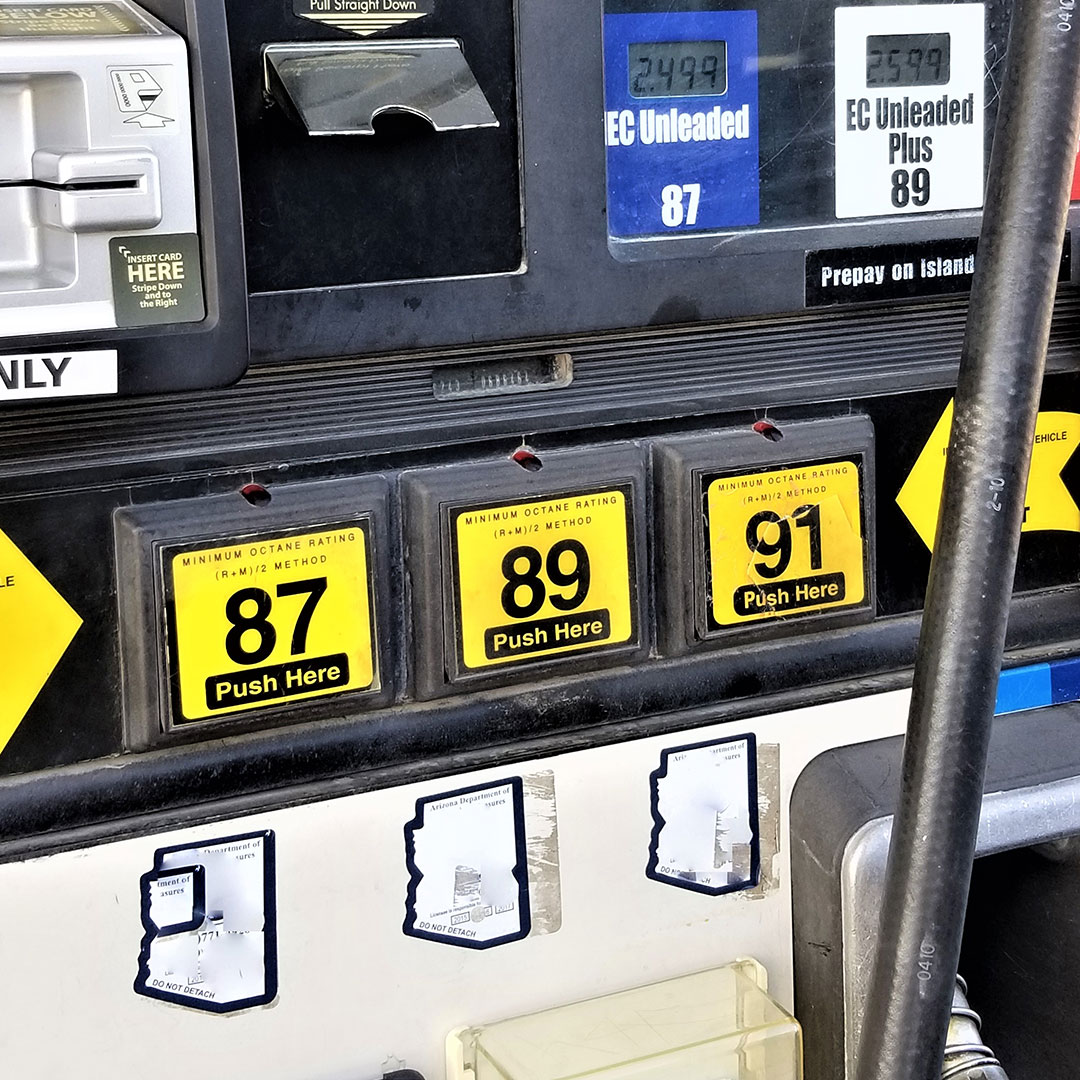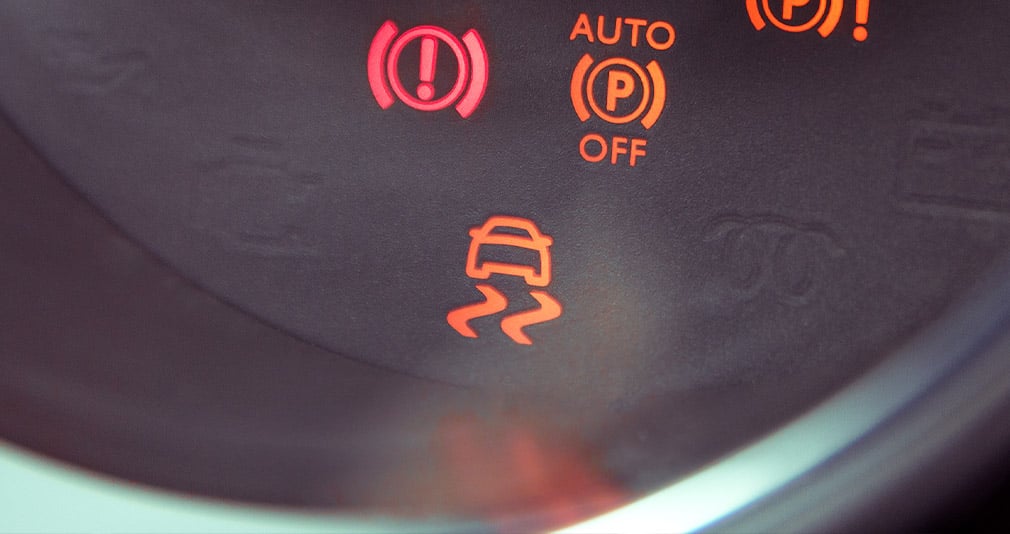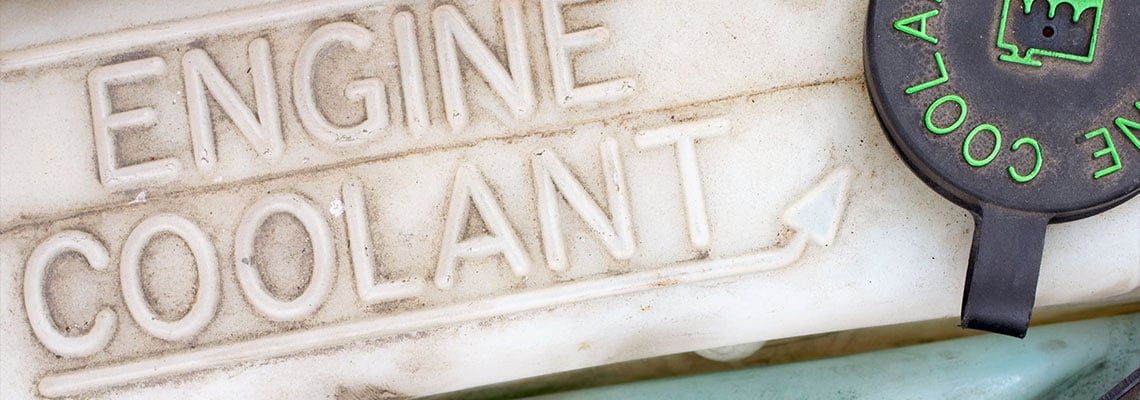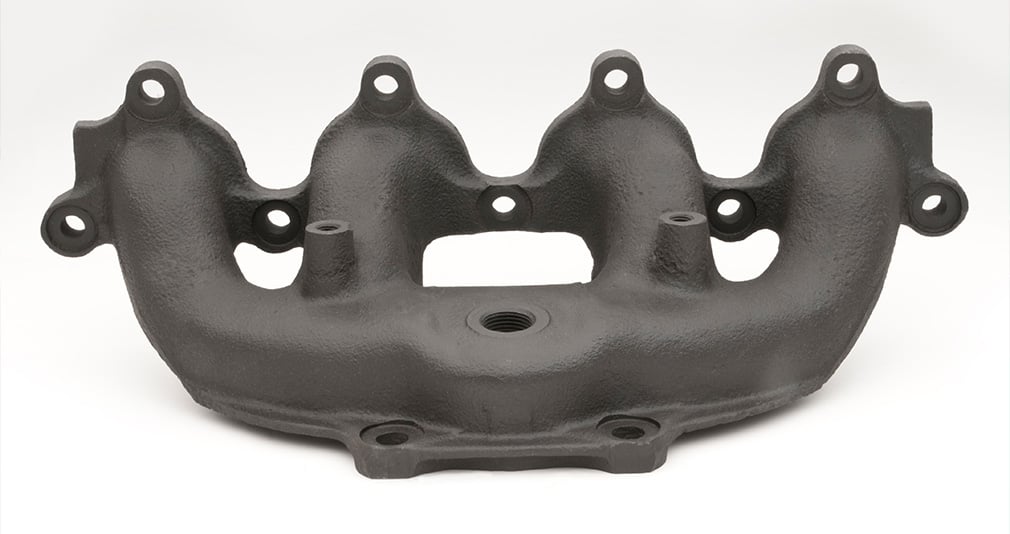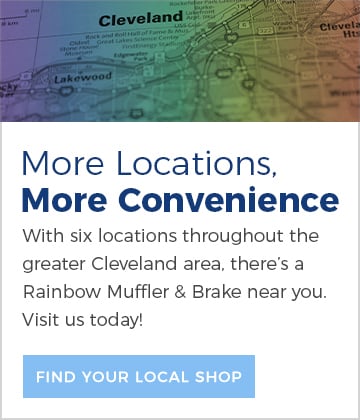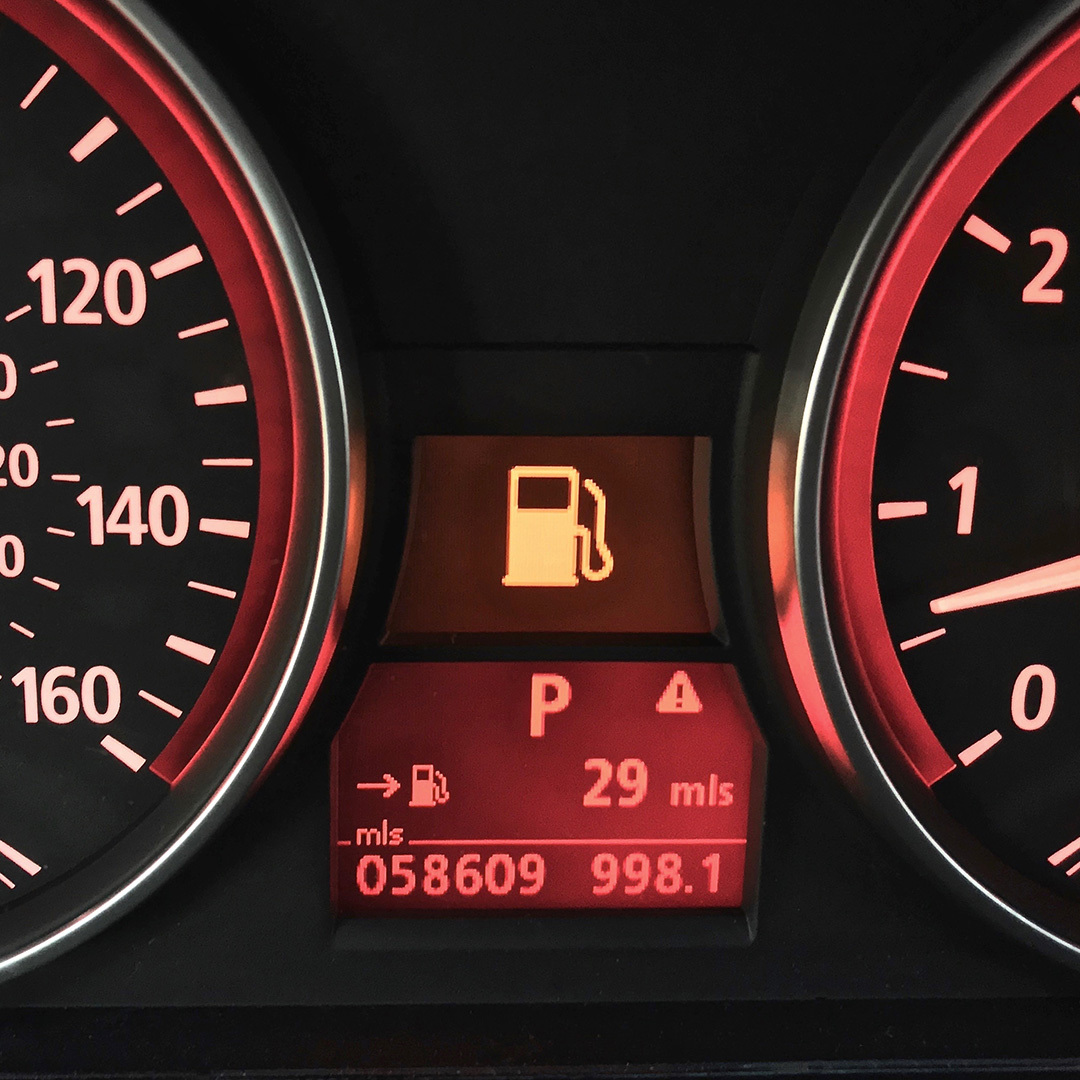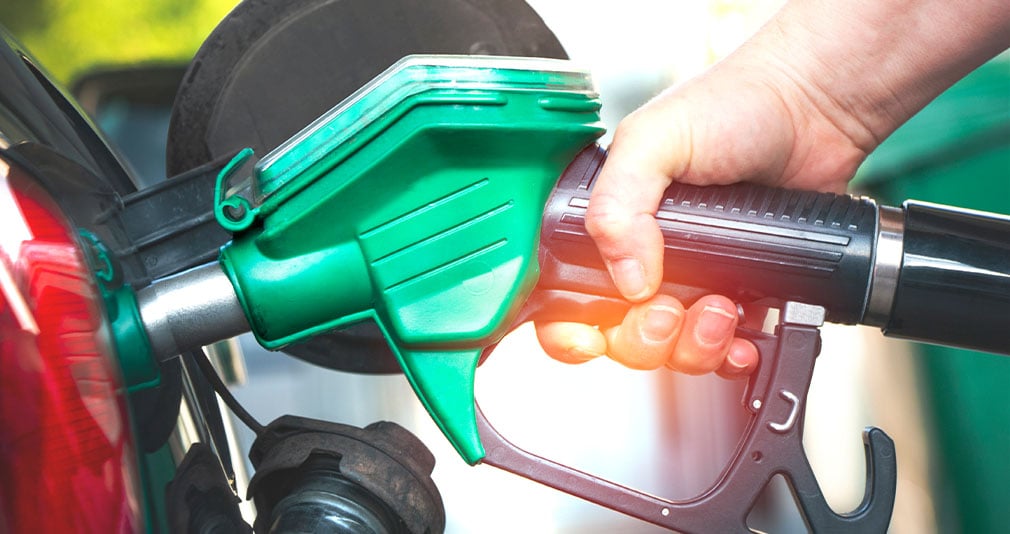What’s your go-to at the gas pump? For many drivers, reaching for that first standard fuel handle is second nature. After all, it’s usually a little easier on the wallet. But is it the best thing for your car?
Stick around as we examine the three gasoline grades Ohio drivers have to choose from: regular (87 octane), mid-grade (89 octane) and supreme or premium (93 octane). We’ll look into:
- What the ratings mean
- How it affects your vehicle
- Which one you should choose at the pump
Understanding Octane Ratings
Why three types of gas for cars? It all comes down to octane. Octane is a measure of a fuel's stability and its ability to resist knocking or pre-ignition in the engine, ensuring efficient combustion and preventing potential engine damage.
That large yellow number on the pump handle? That’s the octane number.
According to the U.S. Energy Information Administration, “The octane number is actually the simple average of two different octane rating methods — motor octane rating (MOR) and research octane rating (RON) — that differ primarily in the specifics of the operating conditions.”
It's essentially a measure of how much heat and pressure a fuel can withstand before it ignites. The higher the rating, the more stable the fuel.
This is important because engines are designed to burn fuel at specific pressures. The right octane ensures a smooth, efficient combustion for your engine.
Why Are There Different Grades of Fuel?
So, if a higher octane rating is better, why are there three choices at the pump? Why not just go with the highest octane rating? Besides the fact that it’s more expensive, not all engines are designed for high-octane fuel. High-performance vehicles with advanced engines need and benefit from higher octane, but the inverse isn’t necessarily true. Regular engines won’t get better mileage or more power from premium gas.
Even when your car says “premium fuel recommended,” there may not be a noticeable difference in performance or efficiency. Consumer Reports ran tests to discover the difference between filling up with premium and regular. The result: The fuel economy was exactly the same.
NOTE: “Premium fuel recommended” and “premium fuel required” are very different. If your car requires premium fuel, you must use premium fuel. That’s because, according to Consumer Reports, high-performance engines are tuned to run on high-octane fuel and will not run as well on low-octane. Over time, this can cause engine damage, reduce performance and lead to decreased fuel efficiency.
What Is the Difference Between Types of Fuel?
Let’s take a closer look at when to choose regular, mid-grade or premium. Always consult your car’s owner’s manual to find the right fuel grade for your car.
Regular Gas (87 octane). Regular gas is the most common and readily available type of fuel. It’s often less expensive than higher-octane versions and is suitable for most cars and trucks. It offers a good balance between performance and cost.
Mid-Grade Gas (89 octane). With a slightly higher octane rating, mid-grade gas (sometimes labeled plus) is a happy medium between regular and premium. Mid-grade is a good choice for vehicles that require a slightly higher octane level, like some SUVs. However, if the manufacturer does not specify that you use mid-grade, regular is often just as good.
Premium Gas (93 octane). If your car requires premium fuel, you’ll see a notice in the manual and near the gas tank. This mainly applies to high-performance vehicles, but some newer models of “regular” cars require premium fuel — everything from the Mini Cooper to certain models of the Honda Civic. If you’re in the market for a new car but don’t want to get stuck paying a premium at the pump, check out the fuel requirements before you buy.
What About Diesel? The average driver may not think much about that other pump at the gas station marked diesel. While both gasoline and diesel are made from crude oil, there are key differences that prevent them from being interchangeable:
- Combustion process. Gasoline engines use spark plugs to ignite the air-fuel mixture, resulting in combustion. Diesel engines rely on the high compression of the air-fuel mixture to generate enough heat, causing the diesel to self-ignite.
- Energy density. Diesel fuel has a higher energy density than gasoline. This means that for the same volume, diesel can provide more energy.
Unleaded 88 and Flex Fuel. Over the last several years, you may have noticed another gas option emerging at Ohio stations. What are these alternative (often less expensive) fuels, and should you try them out?
It’s all about ethanol. Ethanol is a type of alcohol usually derived from corn. The standard types of gas for cars discussed above contain about 10% ethanol. Unleaded 88 is made up of 15% ethanol (it’s also called E15). Flex fuel can have anywhere from 51% to 83% ethanol (also called E85).
So, what does this mean? For starters, it’s cheaper, so using unleaded 88 means savings at the pump. But, according to Cleveland.com, “these cheap fuels are a double-edged sword. Ethanol has just two-thirds the energy of pure gasoline. The more ethanol in your fuel, the less energy it has per gallon. On the flip side, fuels with a higher octane rating burn more efficiently. Both affect fuel economy.”
Should you fill up with ethanol?
Flex fuel can only be used on engines designed for it. Flex fuel engines often have a yellow gas cap and a badge near the tank indicating it’s safe for E85. You can also use this tool to check for flex fuel compatibility.
As for unleaded 88 (E15), it depends. Because ethanol is a type of alcohol, it can dry out rubber components within your car. However, most modern vehicles use synthetic rubber, making this less of an issue.
Check with your owner’s manual and a qualified technician to discuss whether unleaded 88 is a safe choice for your vehicle.
How to Select the Best Fuel for Your Vehicle
The short answer is to check your manual. The vehicle manufacturer will outline the fuel grade that is likely to yield the best performance and fuel efficiency. You can also consult fueleconomy.gov to search for fuel requirements for various makes and models.
If your car requires supreme or premium fuel, you should always fill up with the highest grade. If premium is recommended, you may opt to try out regular and save some money. In Cleveland, premium fuel averages about 10 cents per gallon more than regular. Over time, that can be a significant savings.
But if you start experiencing pinging or knocking with regular or mid-grade fuel, it’s time to swap back.
If you’re still not sure, or if you have questions about the right fuel grade for your vehicle, check in with an expert auto technician who can guide you in making the best choice for your situation.

